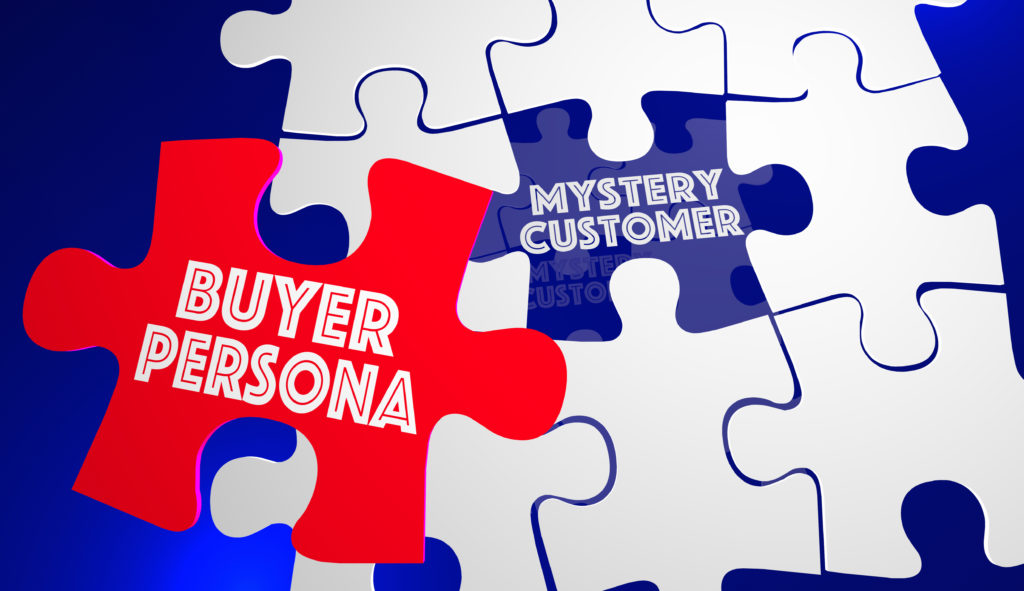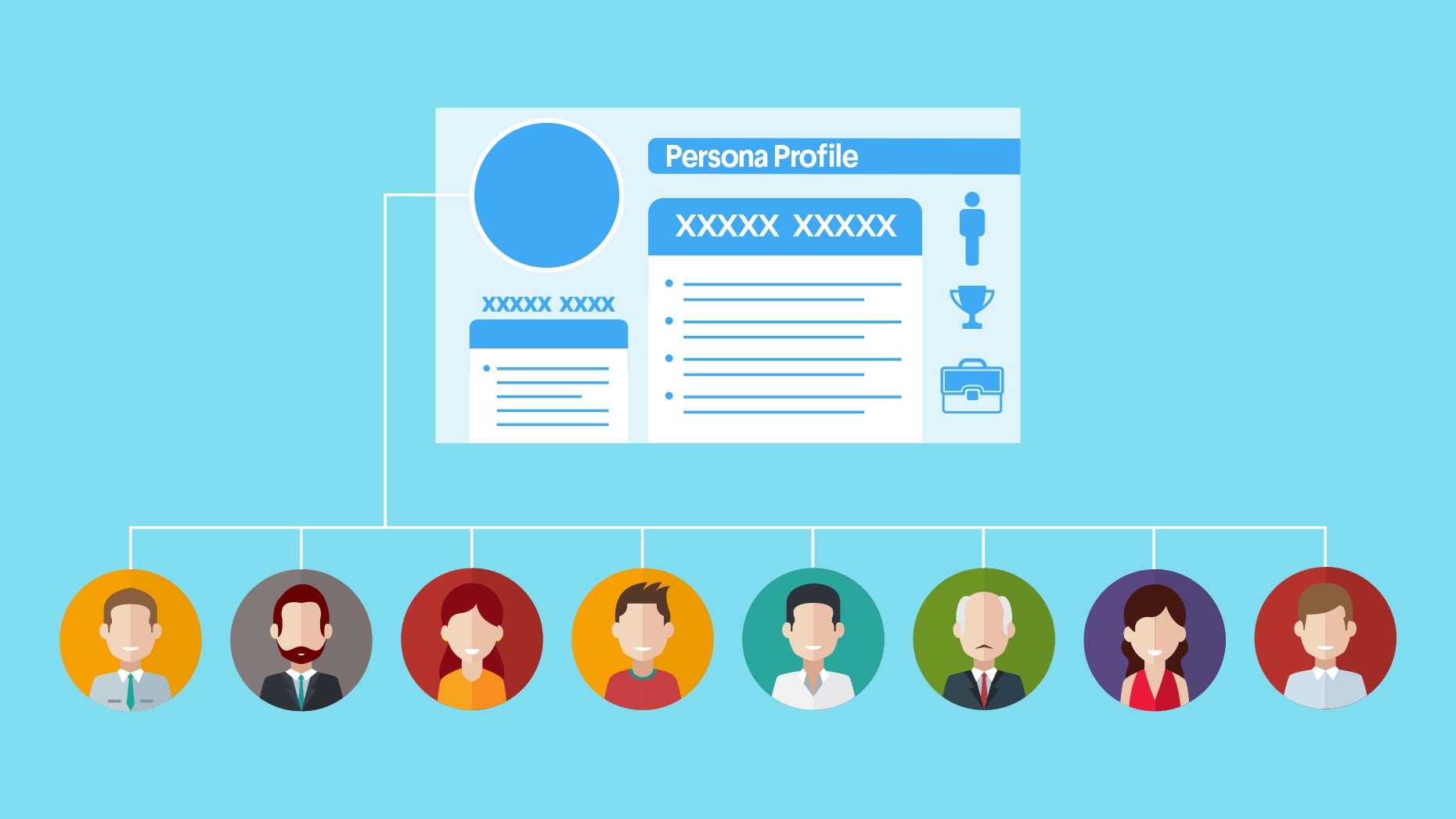How to develop a buyer persona for your on-app advertising campaigns?
When developing on-app advertising campaigns, you need to make sure your ads target the right people at the right time. If you aren’t properly targeting your ads, they’ll be far less likely to connect with your audience and increase brand awareness or sales. To get the most from your marketing budget, building specific buyer personas around each segment of your audience is crucial.
In this comprehensive guide to creating buyer personas, we’ll discuss what these tools are, why you need them, and how you can develop your own for your on-app advertising campaigns.
What Is a Buyer Persona?
Put simply, a buyer persona is an in-depth description of a specific type of customer. Buyer personas tend to take the form of mini-biographies of fictional representations of an audience. A persona will list nearly everything there is to know about that particular audience, including age, gender, hobbies, interests, occupation, geographical location, careers, goals and aspirations, family size, marital status, and whether they have children
While it may seem like a lot of work goes into crafting buyer personas, the effort is worth it if you can paint a complete picture of your audience with them. The fact is that 71% of businesses that achieve or even surpass their goals do so, in part, through the development of buyer personas.

Why Do You Need Buyer Personas?
Buyer personas are what enable businesses to fully understand their customers and prospects, including all of their wants and needs. This, in turn, allows businesses to more easily tailor content toward their audiences based on what they’re specifically looking for from a brand. A good buyer persona will take into account an audience’s preferences, needs, concerns, and behaviors to gain a deep understanding of them.
For example, you might be aware that a large portion of your audience consists of parents, but what are those parents’ exact needs? You can find this out by building out an in-depth buyer persona that lays all of this information out in a comprehensive, digestible format. Using this persona, you can then engineer your ads’ messaging and visuals to speak more directly to audiences, which establishes a stronger connection with them.
In the process of developing buyer personas, you’ll also be able to learn about which apps and other platforms your audiences are most likely to use. This will assist with ad placement, ensuring your ads appear in front of the right people at the right place, and at the right time.
To get the most from your buyer personas, you must know how to build them. You can do so with a combination of thorough research and creativity.
How to Develop Your Buyer Personas
When building buyer personas, there are a few key steps you will need to take. Here we’ll review the complete process of developing personas for your business.
1. Conduct Research into Your Audiences
To start with, you will need to research your target audiences, including existing and potential customers. Even if you believe you have a good understanding of your audiences, you may miss some aspects that are good to know if you want to target them even more effectively.
As you engage in research, there are several items to look into, including:
- Whether your customers are independent decision-makers or representing another company
- What kind of career your customers have, including their specific roles
- What their home life looks like based on their age, family life, and hobbies
Additionally, there are some approaches you can take when researching your audience, such as:
Interview Employees Who Interact Directly With Customers
The employees and account managers who have direct connections with customers will have a good idea of what your customers want and need. You can ask them about what they’ve noticed about your customers, which could provide unique insight that you might not find by researching on your own. For instance, an employee may be aware of a particular pain point that customers experience, which you can address in your marketing.
Speak With Existing Customers
If you can, you should ask your customers directly about them to get a better sense of what they’re about. You could speak in person with some of your customers, or you can use social media and email marketing to conduct surveys. If you choose to send out surveys, you may want to provide incentives for completing them, including a small giveaway or discount.
Look at Competitors
After looking into your customers, figure out what your competitors are doing that’s making them successful. You may discover that a competitor is doing particularly well with a certain audience segment. To gain more insight into your competitors, you can explore their website and social media, which could help better gauge their performance among their customer base. Based on what’s working for competitors, you can incorporate some of these strategies into your own marketing.
Review Your Company’s Analytics
You’ll also get a better sense of your audience and customers by looking into your own website’s analytics, along with analytics on other platforms such as social media, PPC ads, and email campaigns. By looking closely at the reports gathered from each platform, you’ll be able to determine how people are interacting with your brand and what you can do to further engage and more effectively target them.

2. Divide Your Buyer Personas into Segments
After completing your research, you can begin segmenting your buyer personas before building them out. The first step here will entail organizing all of the data you’ve collected and looking for certain similarities between different groups of customers. Based on these similarities, you can begin segmenting your personas.
Keep in mind that you don’t need to cover every single type of customer at once. If you’re new to the process of developing and using buyer personas, you can start with a few that represent your biggest audience segments. Over time, you can add more and make changes to existing buyer personas. Eventually, you’ll have a set of buyer personas that helps you hyper-target your marketing campaigns and on-app ads.
3. Name and Build a Narrative for Your Personas
Now that you have specific segments to target with your personas, it’s time to bring them to life by turning each persona into a unique fictional person. This will help you look at each segment as an individual with unique needs and a particular lifestyle.
Begin by giving the persona a name that’s easy to remember. Many companies tend to use alliteration when naming their personas, naming them things like “Corporate Cathy” or “Student Steven.” Naming your personas lends a personal touch that effectively converts them from mere personas into people.
After naming the persona, you can begin crafting a narrative to go along with it. When telling your persona’s story, take into consideration the individual’s age, job title, place of residence, hobbies, and career goals. All of these elements will help you identify your persona’s goals and aspirations. You can then spend some time writing out the persona’s story, putting all of these details into a format that gives you a complete understanding of that particular audience.
4. Develop Messages Around Each Persona
Make sure that you and your teams know how to connect with your audiences based on your personas. The type of approach and language you use to discuss your offerings will differ between each segment, and everyone in your organization should understand this. Not only will different audiences respond to different phrasing, but they’ll also respond to different types of offers based on what they’re looking for from you.
Alongside your narrative, consider putting together some sample messages, ad text, and visuals that serve as a kind of template for ads and marketing materials. When sharing this with others, people in your organization will get a better idea of how to reach out to each audience segment using the appropriate language and offers.
Also, don’t hesitate to test these messages with corresponding segments. Using A/B testing for ads, emails, and other content, you can send out two different versions at once to see which performs better. Based on the results, you can determine which messaging or other elements to keep and which to drop from your campaigns. You’ll then be able to use this information to strengthen your personas with information about what they respond to in your content.
Use Buyer Personas to Supercharge Your On-App Ad Campaigns
Many businesses may find that their audiences frequently use certain apps, making on-app ad campaigns a critical means of success. With the help of detailed buyer personas, you can determine which apps each segment is most likely to use, along with the kinds of ads they want to see. In the process, you’ll be able to optimize your on-app ad campaigns to connect with all of your ideal audiences, including both prospective customers and existing ones. As a result, your on-app campaigns will be able to supplement your other highly targeted advertising efforts to significantly boost brand awareness and sales.
___
by cansu
source: AppSamurai
